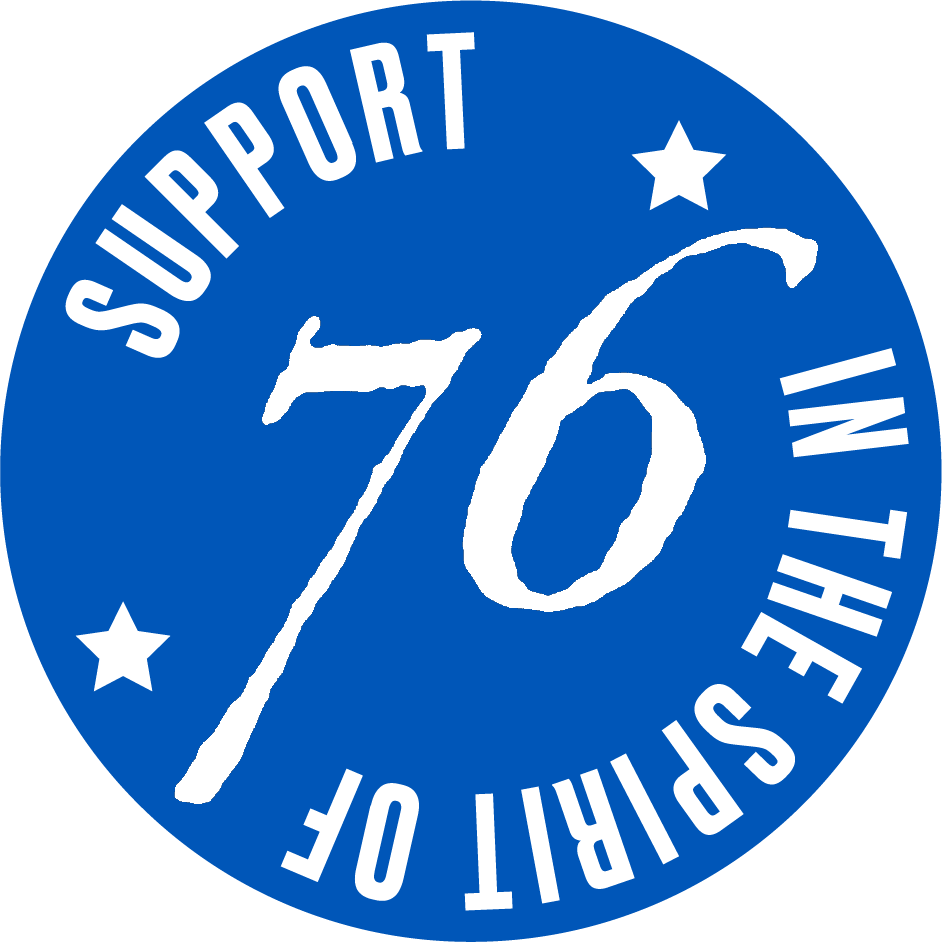Will the Facts Catch Up With the Myth?
Andrew E. Busch
January 1, 2004
In the most recent Democratic debate in Iowa, Howard Dean tested out his explanation for his widely-reported comment that Saddam Hussein’s capture has not made America safer. Dean’s argument: While Saddam was a bad guy, the resources used to oust him from power should have been used instead to track down the real threat to America, Osama bin Laden. This argument relies for its force on the unstated assumption that any alleged connection between the two was specious, unworthy even of consideration.
However, mounting evidence points to exactly the opposite conclusion, that one could not wage war seriously against al Qaeda without taking down Saddam. Unfortunately, this evidence has been ignored by the elite media in the United States, either not mentioned at all or relegated to the bottom of page 38.
Even before the war, Saddam’s $35 million subsidy to suicide bombers in Israel, his harboring of Abu Nidal and other terrorists, and his obvious association with al Qaeda affiliate Ansar al Islam made clear Saddam’s tendencies in this regard.
Shortly after the fall of Baghdad, British newspapers uncovered Iraqi intelligence files from 1998 demonstrating a “mutual alliance” against America between Iraq and bin Laden.
Other evidence trickled in over the summer, including signs that Iraq had transferred $300,000 to Ayman al Zawahiri of Islamic Jihad just as his organization was merging with al Qaeda and that an Iraqi agent had escorted two of the 9-11 hijackers to a meeting in Malaysia.
Then, what should have been a bombshell landed with a barely audible thud. A 16 page report—an executive summary of sorts—from Undersecretary of Defense Douglas J. Feith to the Senate Intelligence Committee was leaked and reported by Stephen Hayes of The Weekly Standard in its November 24, 2003 issue. The report contained a combination of new and old information demonstrating connections between Iraq and bin Laden dating back to 1990. The report included evidence that:
- Saddam Hussein sent his top munitions expert to Sudan to help train al Qaeda operatives in bomb-making;
- Mohammad Atta traveled to Prague at least twice and perhaps as many as four times to meet with Iraqi intelligence, in the years prior to 9-11, and the head of Iraqi intelligence in Prague ordered the Iraqi Intelligence service financial officer to issue Atta funds;
- After the U.S.S. Cole bombing, two al Qaeda operatives were sent to Iraq for chemical and biological warfare training;
- As late as October 2002, Iraq agreed to offer safe haven, money, and weapons to al Qaeda members;
- There were extensive contacts between Iraqi intelligence and bin Laden in Pakistan and Afghanistan;
- Al Zawahari visited Baghdad in 1998 to arrange coordination between bin Laden and Iraq and to establish two terror camps in Iraq.
Altogether, the memo contained 50 distinct pieces of information linking Saddam and bin Laden.
Given ongoing questions over whether the Iraq war was justified, it seems obvious that this story should have been picked up immediately and run on the top of page 1 by every daily newspaper in America. Critics who pooh-poohed the report should have had their say, as well, to explain why they were not impressed. It ought to be noted, though, that Bill Clinton’s former CIA Director R. James Woolsey has said that anyone who rejects the significance of the report outright “is an illiterate… This is a slam dunk.” Simply put, Americans had a right to know. Instead, the Washington Post ran a short inside story and the New York Times ran a short and derogatory story on page 14 a week after the revelations came out.
Altogether, there is a large and growing body of evidence that Saddam and al Qaeda had a working relationship. If Howard Dean does not think that is worth going to war over, he will find that few Americans agree.
So what does Dean’s rhetorical gambit indicate? First, the fact that Dean was able to make such an argument without controversy shows that the myth of Saddam’s non-involvement with al Qaeda is still alive and well, despite the evidence. Second, Dean’s statements on this topic leave him quite vulnerable in the future if and when the weight of that evidence finally breaks through the defensive barriers put up by the New York Times and the rest of the elite media. (This is also true for the other Democrats who have made similar pronouncements.)
Thus far, the Bush administration and its allies have fallen down on this job, which is arguably more important to the legitimacy of war with Iraq than even the issue of weapons of mass destruction. Everyone knows that Saddam possessed and used WMD in the past and had the scientific and industrial capacity to do so whenever he chose, so the question of whether he had a large stockpile in March 2003 is technical, rather than essential, to most Americans. On the other hand, if the word ever gets out about Saddam and Osama, any lingering doubts of the public about war in Iraq will be over. And Howard Dean’s chances may not be far behind.
Andrew E. Busch is an Associate Professor of Political Science at the University of Denver and an Adjunct Fellow of the Ashbrook Center. Note: An earlier version of this article referred—as a piece of possible, though not definitive, evidence—to a December 14 London Sunday Telegraph story detailing a top-level 2001 Iraqi memo praising Mohammed Atta’s training in Baghdad under the supervision of Abu Nidal. However, that memo’s authenticity has been called into question by numerous intelligence experts, and members of the Iraqi Governing Council are divided on the question; Iraqi National Congress leader Ahmed Chalabi, who strongly asserts that there were extensive Saddam–bin Laden ties, nevertheless rejects the memo. Dr. Busch has consequently excised the reference from the current version of this article.

